Curry Milkcap
It’s fairly easy to identify milkcaps as a genus but it can be hard to identify to species as quite a few look similar but with it’s clear milk with cloudy bits and the eventual smell of curry you can be sure you have found the correct mushroom.
| Mushroom Type | |
| Common Names | Curry Milkcap (EN), Curry Scented Milkcap, , Cap Llaeth Cyri (CY), Mleczaj Kamforowy (PL), Kámfor-Tejelőgomba (HU) |
| Scientific Name | Lactarius camphoratus |
| Season Start | Aug |
| Season End | Nov |
| Average Mushroom height (CM) | 10 |
| Average Cap width (CM) | 9 |
Cap
Dark red to brown with edges that curl over slightly until the cap flattens out. The middle can be darker with a central depression and a persistent umbo.
Milk
The milk is clear with cloudy bits and does not change colour when dry. When tasting the milk it should be mild or possibly a bit sweet, not bitter or acrid.
Habitat
Mainly with pines and other coniferous trees but can be found in deciduous woodland growing with birch.
Possible Confusion
Other Milkcaps but with the milk being clear with cloudy bits and the eventual smell of curry you should avoid confusion.
Spore Print
Cream coloured. Subglobose.
Taste / Smell
Fairly indistinctive until drying when it develops the smell of curry, fenugreek or camphor.
Frequency
Common.
Other Facts
The Curry Milkcap can be eaten if well cooked but can also be dried and used as a flavouring if added to your meal during the cooking process.



 (7 votes, average: 3.86 out of 5)
(7 votes, average: 3.86 out of 5)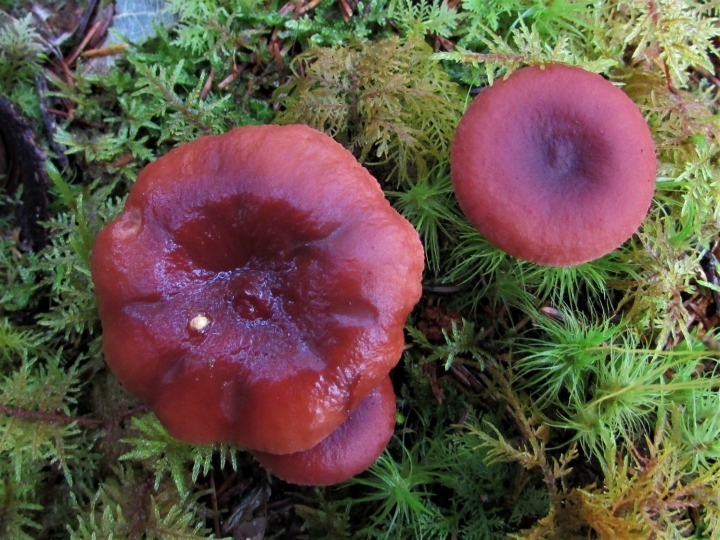
















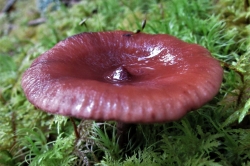
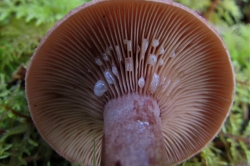
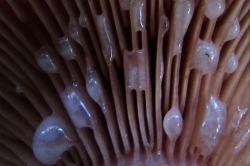
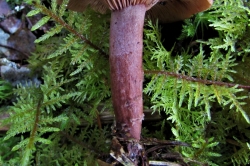
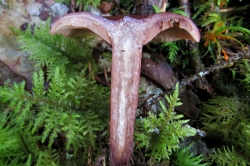
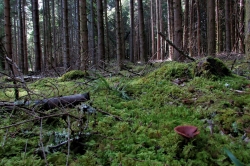





COMMENTS